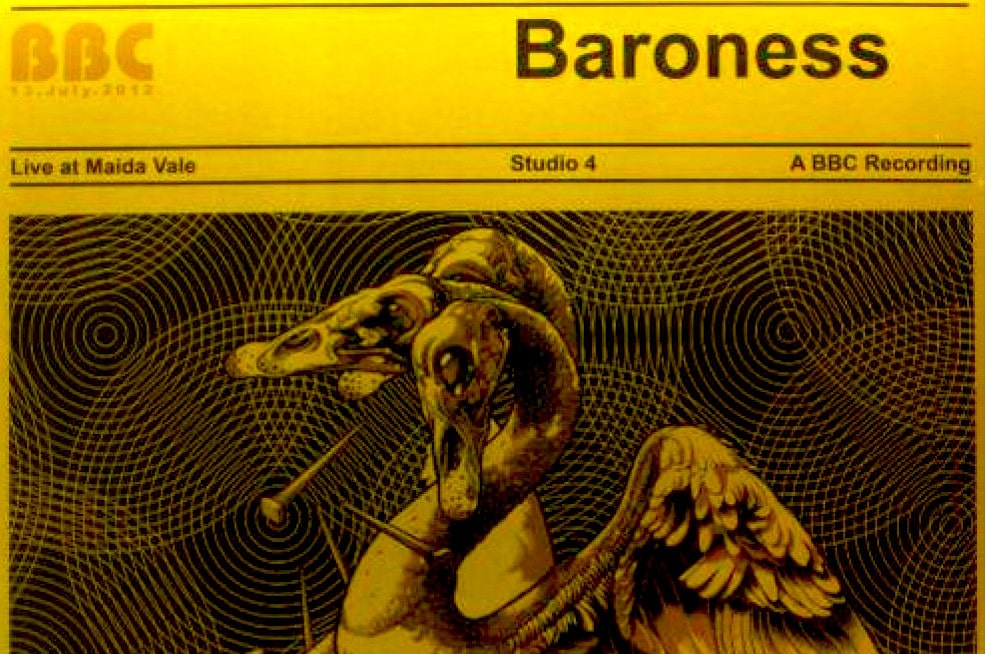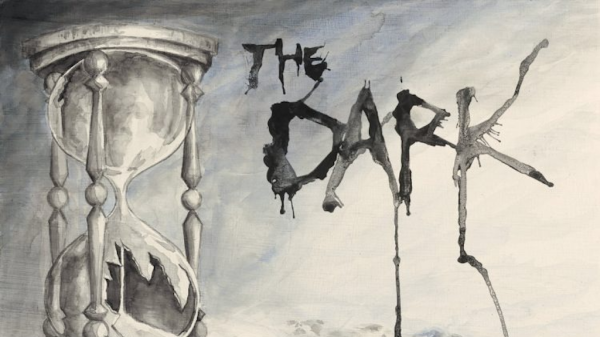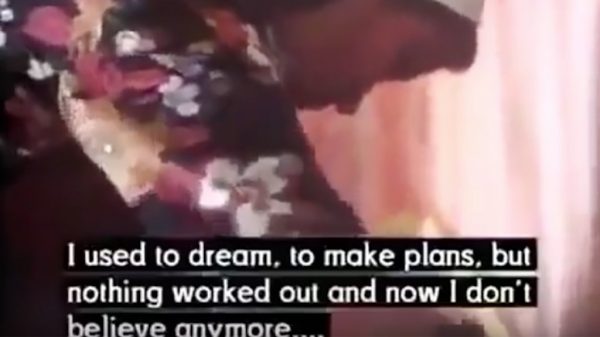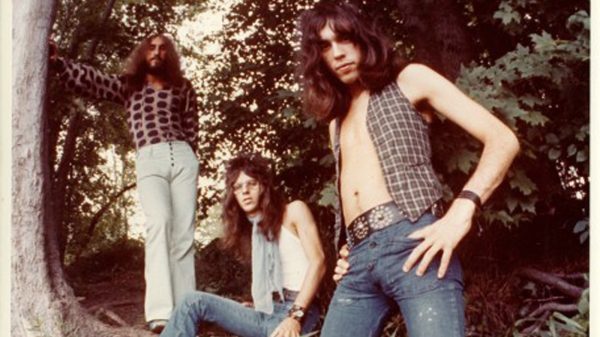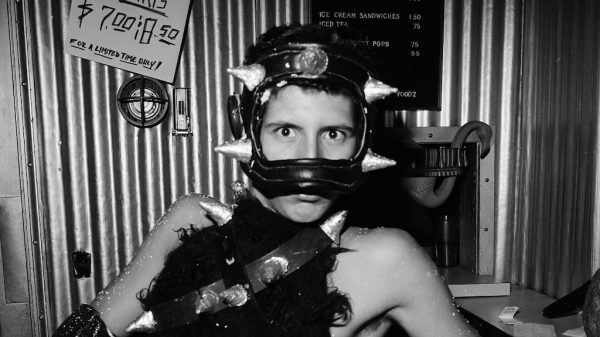With the release of Gold and Grey, Cvlt Nation looks back over Baroness’s long career to piece together how they got to this stage, tracing their sound and art evolution. Here, we return to Live at Maida Vale, their bridge between two major releases.
Following the 2012 crash that nearly claimed their lives, the band took an extended rest to regain their strength. This led to a prolonged period of absence from performance and writing, and was the build-up to their comeback, Purple. Before that, they dropped a relatively low-key live EP, which served less as an indication of their future sound, but more of a bookend to Yellow and Green, recorded just a month before their dramatic bus accident.
This follows nicely from our previous article exploring their double album, being exclusively choice cuts from their structured, disciplined outing. The cuts here are kinda obvious; three bangers from Yellow and one particularly single-cut ready selection from Green. Taken together these are a good cross-section of Baroness as a weirdo rock band, with all the strange, drippy noises that filled in the gaps but also showcasing them at their tightest and most focussed.
Take My Bones Away is raw and intense, taking a triumphant approach to the track. The presentation is full of life and spirit, rough around the edges; Baroness were never a pitch-perfect live band, and unembarrassed to show it on an official recording.
March To The Sea opens in much the same way that it does on Yellow, with some really spectacular drippy bits. It’s really impressive how Baroness like to take a short-form and infuse it with as much of their spectacular psych magic as is possible, which is especially effective when they combine it with their most concise material.
Cocanium is the deepest cut on here, and works excellently for a trippy, drippy approach to Baroness. Here the space between tracks is thoroughly explored, opening up a rich, shimmering vein before the track kicks in. Already one of their floatier tracks, they leave the meat of the song largely untouched but add plenty of embellishment, polishing it and giving it space to breathe.
The Line between picks up the pace again, flying the flag for Green. They could have gone for Board Up The House as a cut from their second side, but something fairly straightforward works well to bring the EP to a close. Appropriately the last words are “I’ll be gone,” a fitting conclusion to an EP and, perhaps unwittingly, the close of an era.
The artwork here is simplistic, with a many-headed swan as its main focus. This is a particularly good representation of who they were; facing the recent past with fresh eyes and looking to the future, with their focus set on new recording and compositional techniques. The rich, complex mustard colour is appropriate thematically, and the less-cluttered approach focuses the eye on the centre; there’s less to take in, but it presents a richer version of what they’ve presented before.
The EP is a good exploration of space and a return to adding deep flourishes to the seminal Baroness sound, balancing the structured tracks from their most-together records with their flair. Again showing how well they work when allowed space to expand, the EP is a minor footnote but an excellent farewell to two of their best-loved records. The follow-ups were to be significantly, dramatically different.


